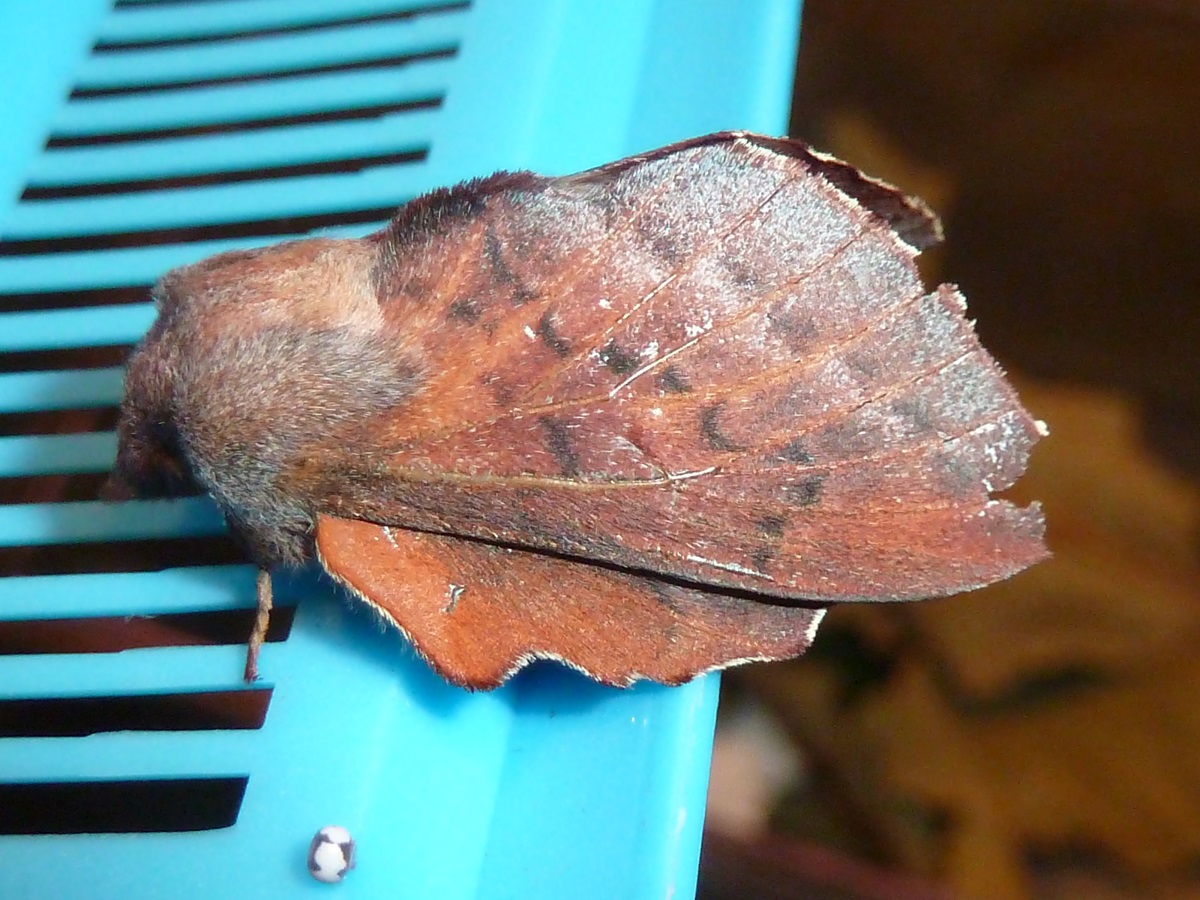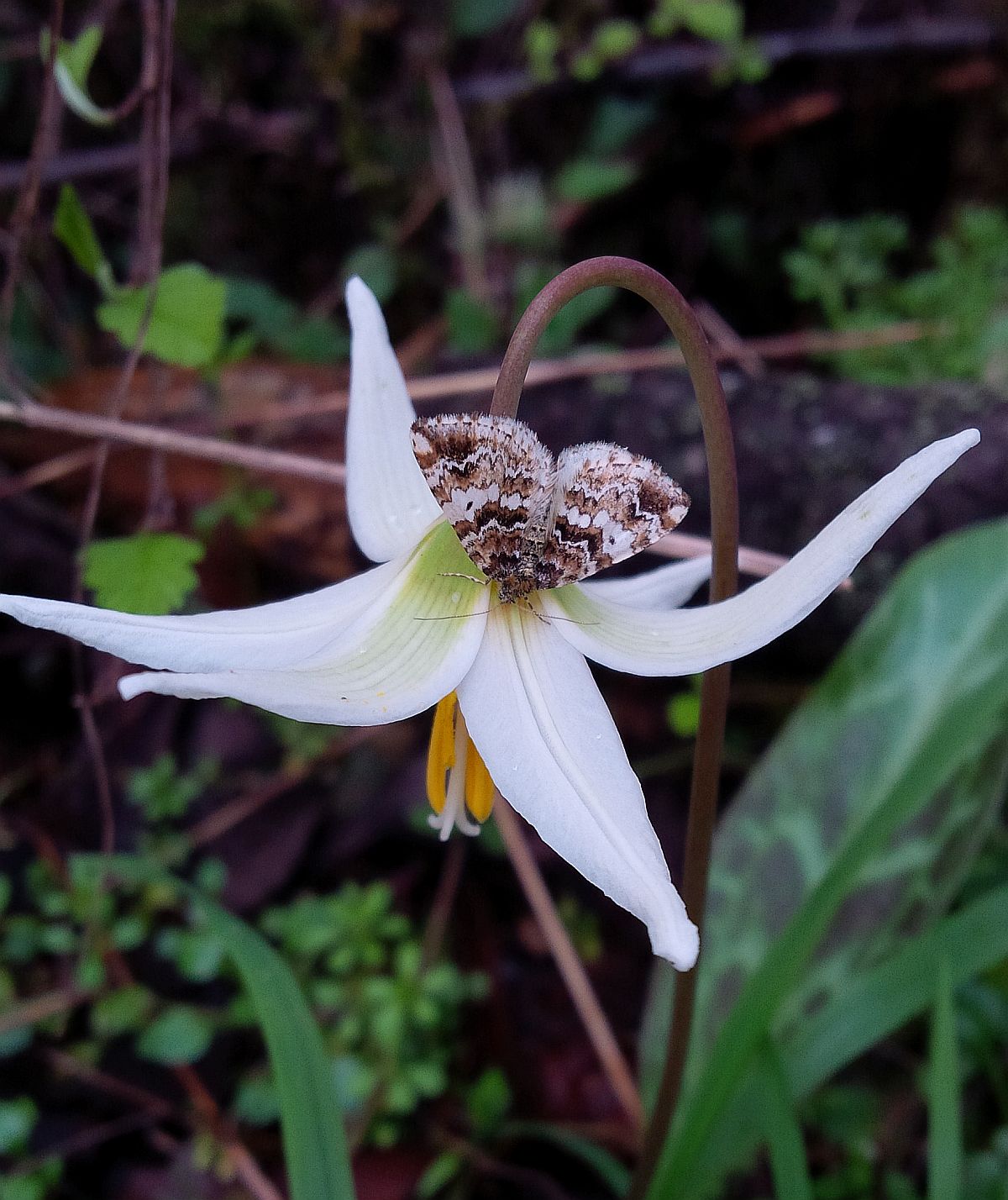2016 March 21
Jeremy Tatum sends a photograph of a rough stink bug Brochymena sp. from his Saanich apartment.
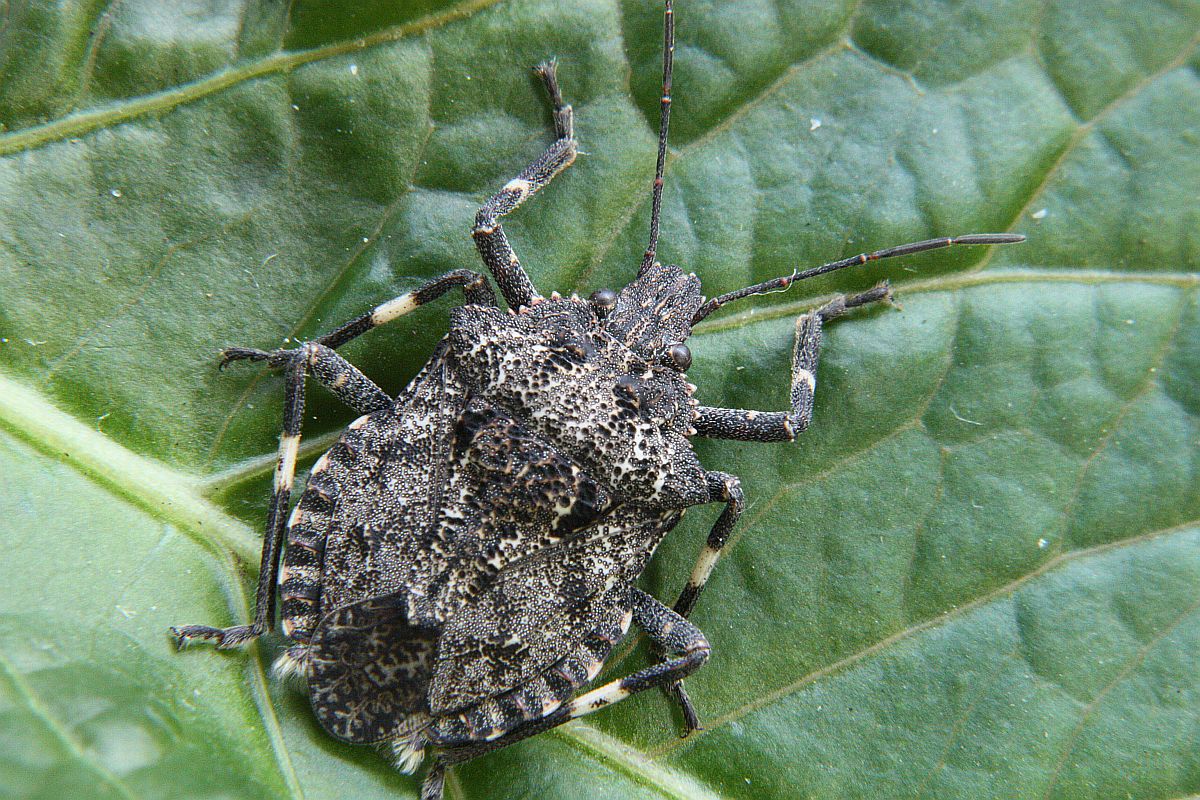
 Brochymena sp.: (Hem.: Pentatomidae) Jeremy Tatum
Brochymena sp.: (Hem.: Pentatomidae) Jeremy Tatum
Scott Gilmore writes, from Upper Lantzville: At the beach on Saturday (March 19) there were flies everywhere on the rocks at low tide. I decided to investigate. With the help of John Carr they were identified as being from the genus Oedoparena from the family Dryomyzidae. Turns out the larval stage of these flies eat barnacles which explains the location. There are three species world wide with two of them in North America, one of which is known from Canada. That along with a few features led me to conclude that it fits with the descriptions of Oedoparena glauca. There are not too many marine insects! If you want to know more (or even too much) about this crazy group this is a pretty good article
http://www.biodiversitylibrary.org/part/56140
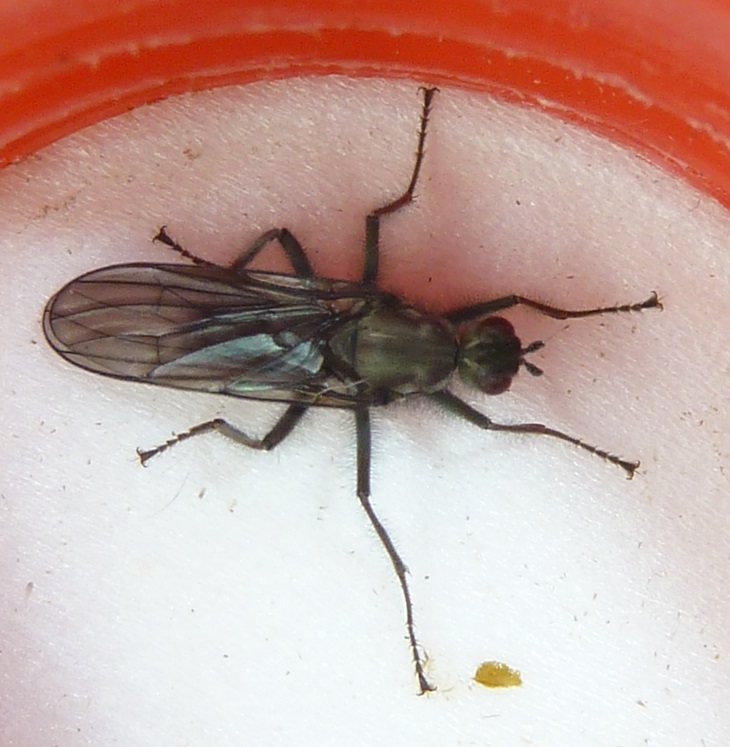
Oedoparena glauca (Dip.: Dryomyzidae) Scott Gilmore
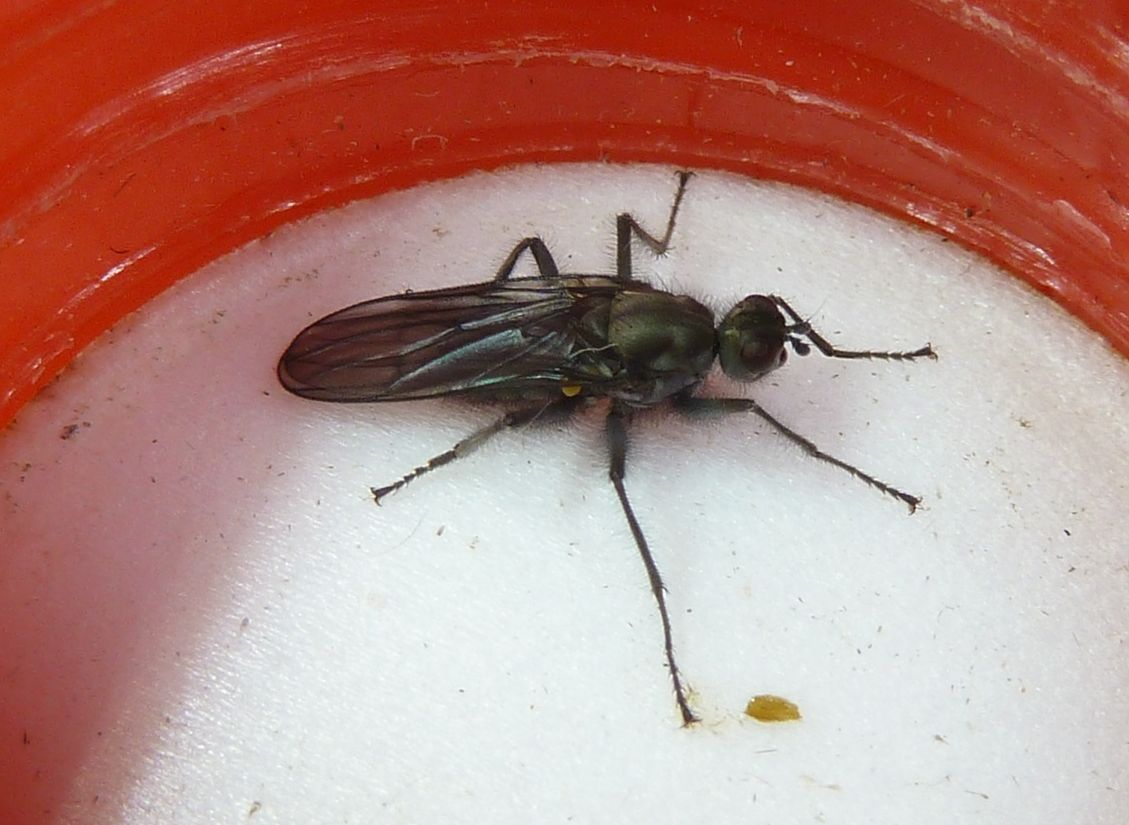
 Oedoparena glauca (Dip.: Dryomyzidae) Scott Gilmore
Oedoparena glauca (Dip.: Dryomyzidae) Scott Gilmore

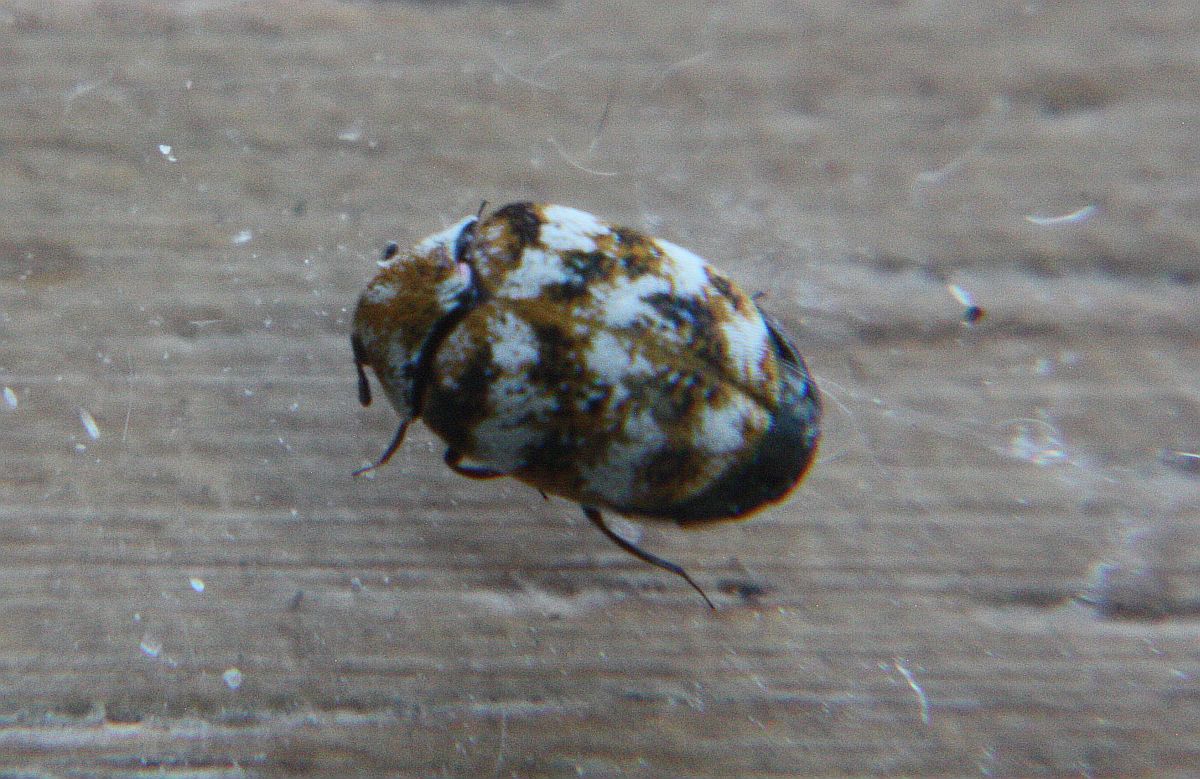
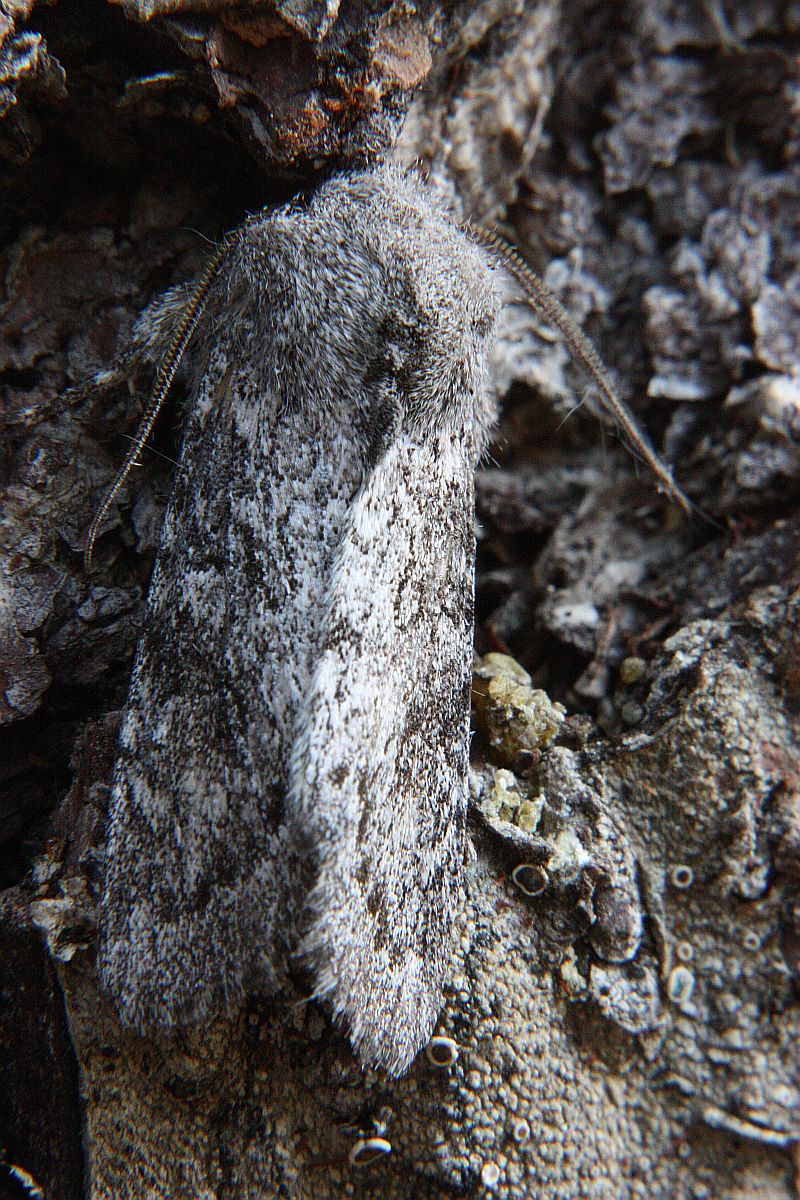
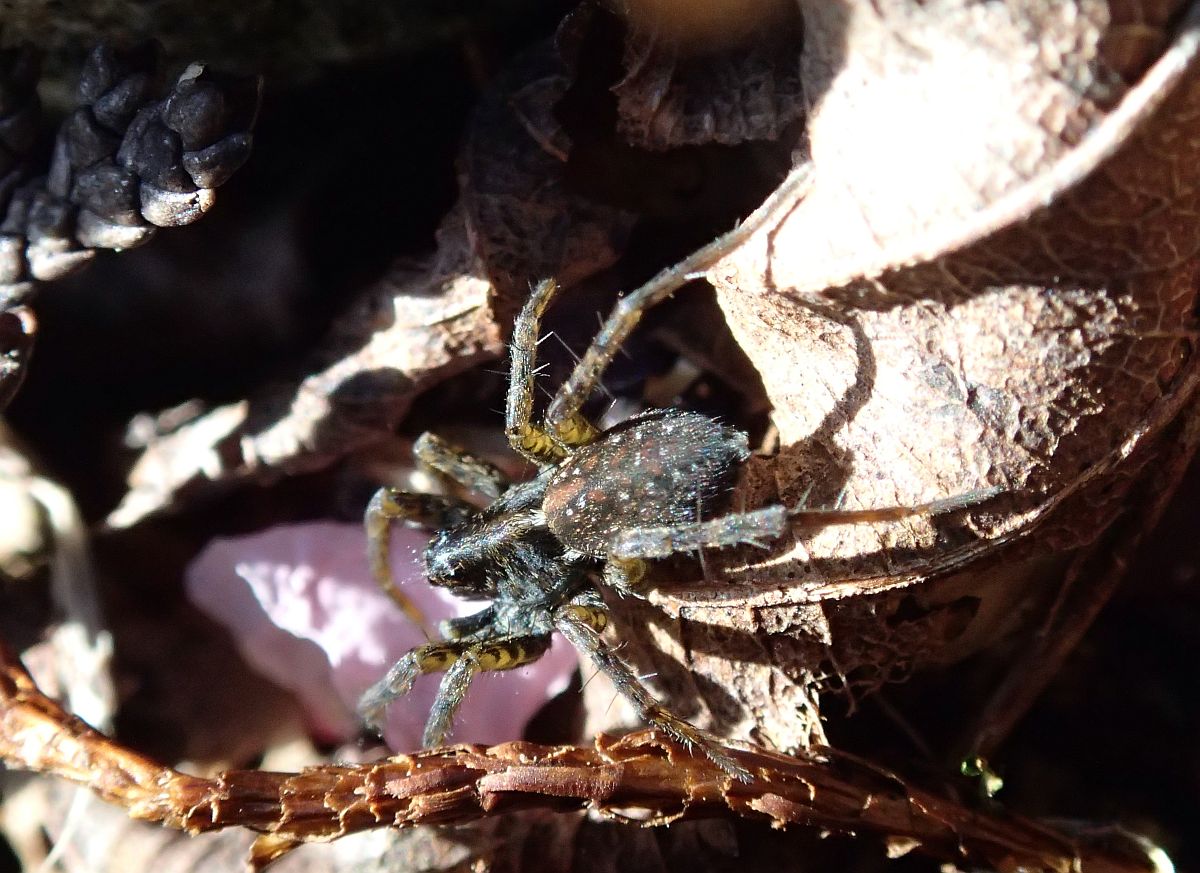
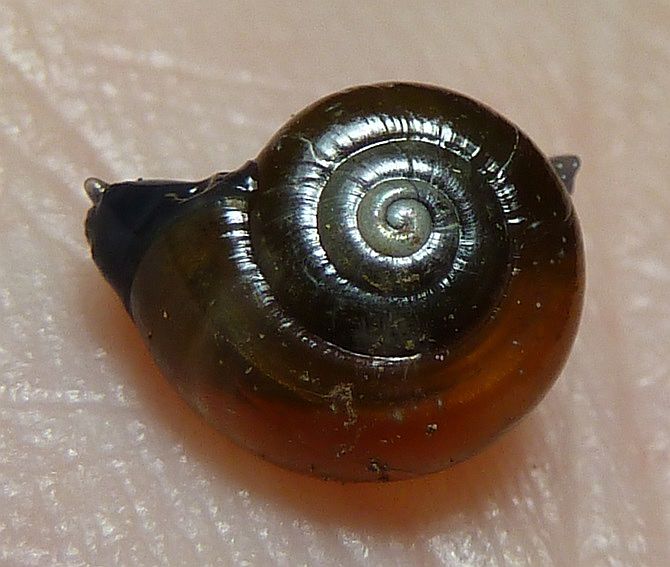
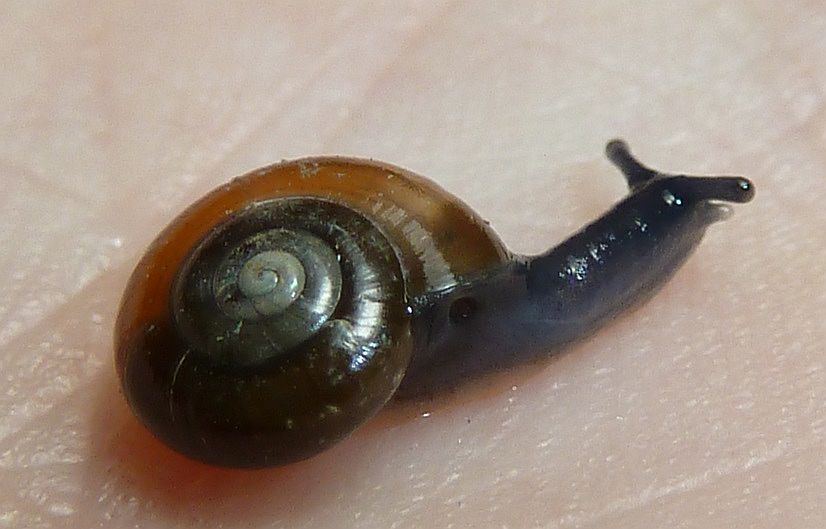
 Oxychilus alliarius (Pul.: Daubebariidae) Scott Gilmore
Oxychilus alliarius (Pul.: Daubebariidae) Scott Gilmore